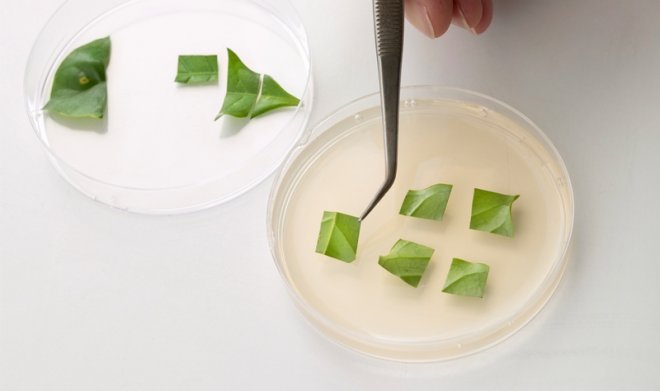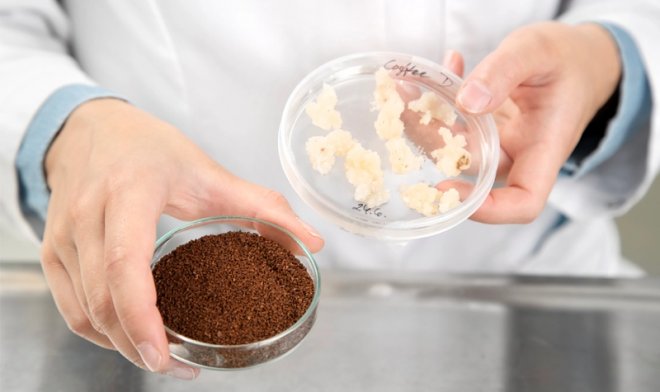In Finland, they learned how to grow “coffee from a test tube”
In Finland, they learned how to grow "coffee from a test tube"
Up to 10 million tons of coffee are produced around the world each year, and demand is only growing. However, the crop is so sensitive that climate change is likely to change the crop situation for the worse – and very soon. In this case, it is possible that countries such as northern Finland, which can grow coffee with the help of “cell farming” technology, will become new coffee producers.
Researchers from VTT, a Finnish institute, explain that the essence of cell farming is abandoning cultivation of whole plants in favor of creating useful biomass. It can be produced anywhere in the world without depending on sunlight, water sources or weather. There is no need for farm machinery, fertilizers and pesticides, no need for the labor of millions of farmers, and the technology produces no waste. And most importantly, there is no need to cut down forests for planting, no need to destroy wildlife in order to feed and drink the growing population.

In their experiments, Finnish scientists took coffee leaves, separated them into fragments, and placed them in a nutrient medium to grow as many new living cells as possible. The resulting crop was placed in a bioreactor to produce an organic mass, which was dried and roasted. Although the drink was not made from coffee beans, the taste and smell were almost indistinguishable from regular coffee.
VTT admits that such “test-tube coffee” is unlikely to be to everyone’s taste. And getting it on an industrial scale is a challenge that will require considerable investment. However, crop failures in conventional coffee will spur these processes, and a synthetic analogue could be on the market in as little as four years.
